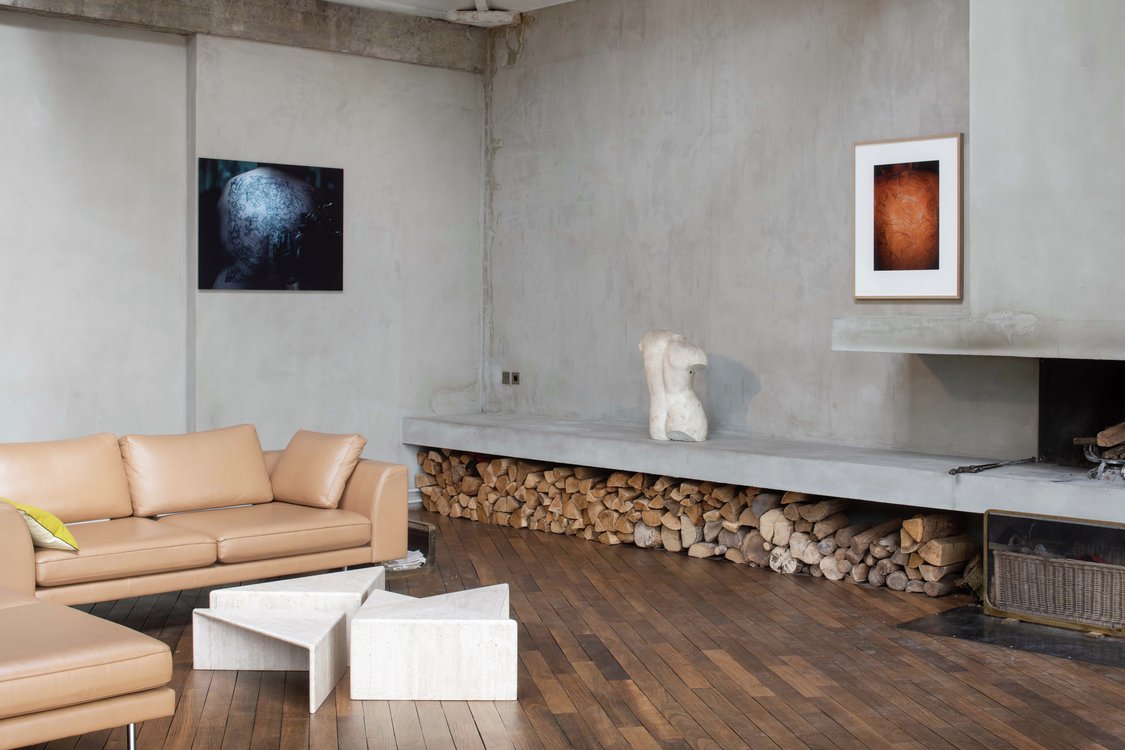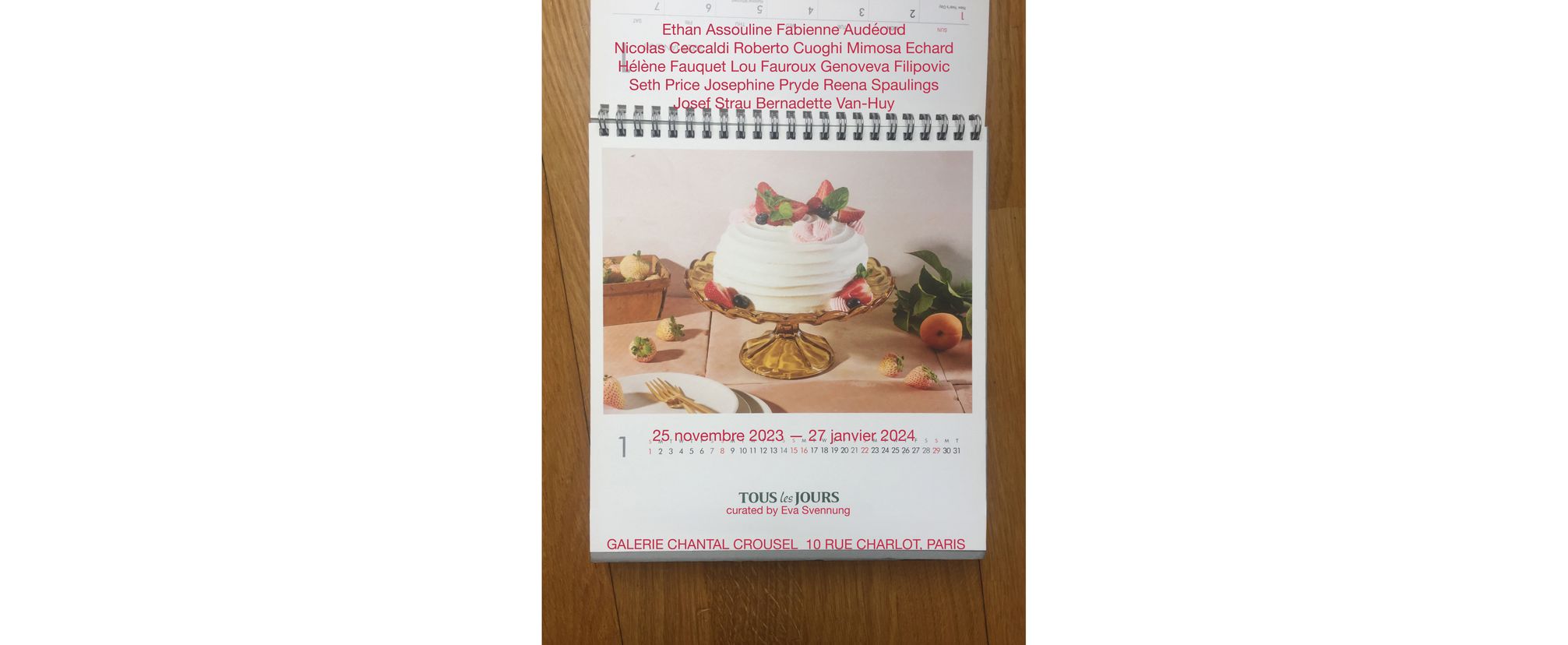The exhibition itinerary – which starts with Pompei@Madre. Materia Archeologica: The Collections in the atrium and on the first floor – continues on the thirs floor, with Pompei@Madre. Materia Archeologica, a circular exploration with works, artifacts, documents and tools linked to the history of the various excavation campaigns at Pompeii, beginning with the rediscovery of the site in 1748, displayed next to modern and contemporary works and documents. Coming from Italian and international collections, both public and private, each of these works and documents has continued to lay claim, over the last two and a half centuries, to the contemporary significance and inspiration of Pompeian “archeological matter”, acting as a vector between different spaces, times and cultures, continuing to compare them as an authentic space-time portal that has contributed to the definition and development of European modernity. This explains the decision to combine in the exhibition, even if only by allusion, visual arts, literature, music, theatre, cinema, historiography, cartography, paleo-ethnology, anthropology, biology, botany, zoology, chemistry, physics and genetics, as well as the immense field of new technologies. In an attempt to define hypothetical parallels running through ancient, modern and contemporary history, the exhibition recounts the history of “material” which, after the eruption of 24 August 79 AD, was initially forced into a period of dormancy lasting over a thousand years. However, after its rediscovery in 1748, it became the object of cyclical rediscoveries, such as the ones made by the many travellers on the Grand Tour.
Although it endured new dramatic catastrophes – such as the damage caused by British and American bombing during the Second World War, beginning with the bombing carried out on 24 August 1943 – Pompeii also underwent further periods of regeneration and was therefore open to further exploration and narratives. A living matter. Indeed, in what appears to be a response to Goethe who wrote in 1787 that “of all the catastrophes to have beset the world, none caused greater joy to subsequent generations”, another writer, Chateaubriand, described his visit to “a Roman town preserved in its entirety, as if the inhabitants had left a quarter of an hour before”. They were followed by many other artists and intellectuals, culminating in the present and the works of the many artists and intellectuals on display here. The story of this “archaeological matter”, which is both fragile yet combative, archetypal yet ephemeral, has enabled Pompeii to remain contemporary and this is the story told by this exhibition.
Other exhibitions
All our exhibitions
Group exhibition
Replica, Chantal Crousel x Jean-David Cahn — Bagnolet
October 17th — November 20th, 2021
